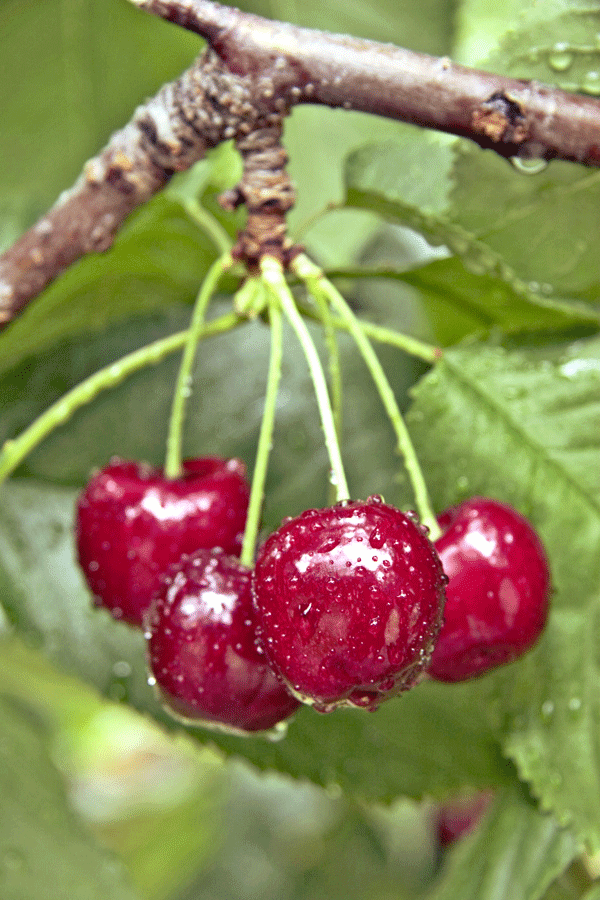Last week the first real taste of summer weather arrived and it was a wake up call for me.
Over the past couple of months I’ve planted several new plants that will be drought tolerant once established, but for now their root system requires more frequent watering than my established plantings. I’ll have to wait for the cooler weather starting in late September to plant any major additions to my landscaping. But for now I love to be out in my garden and there are lots of other things I can do to enjoy my time outdoors.
Pruning is a good way to spend a couple of hours in your garden. I’m not talking about trimming plants into little balls, but the kind of pruning that makes for a healthier and happier plant.
If you grow Japanese maples, now is the time to remove dead branches and train your tree to look like one of those specimens you see in the magazines.
Thinning cuts build your ideal tree limb structure. If yours is a young tree, though, don’t be tempted to head back long branches too soon. As these mature they give your tree that desirable horizontal branching.
This principle is important to keep in mind when you train any young ornamental tree. Lateral buds grow along the sides of a shoot and give rise to sideways growth that makes a plant bushy.
Summer pruning of fruit trees helps to control their size by removing energy-wasting water sprouts. Summer is also a good time to remove leafy upper branches that excessively shade fruit on the lower branches.
Winter pruning is meant to stimulate the tree. Summer pruning uses thinning cuts — where the branch is cut off at its point of attachment, instead of part way along the branch — and these cuts do not encourage new growth, but control the size of your tree, making fruit harvest easier.
Summer pruning can also control pests like coddling moths, mites, or aphids. Just be sure to dispose of these trimmings and don’t compost them.
If you have apricots and cherries, summer pruning only is advised, as they are susceptible to a branch killing disease if pruned during rainy weather.
Prune stone fruits like peaches and nectarines after harvest by 50-percent. They grow quite rapidly. Apricots and plums need to have only 20-percent of their new growth pruned away.
Be sure to thin the fruit on your trees. That’s another good reason to keep them smaller, so you can reach the branches more easily. The best time to do this is when the fruit is still small.
Thinning fruit discourages early fruit drop and improves the quality of the remaining fruit. It helps to avoid limb damage from a heavy fruit load. Also it stimulates next year’s crop and helps to avoid biennial bearing.
Left to themselves, a fruit tree may bear heavily one year and then light or not at all the next year. Some types of fruit trees like peaches and golden delicious apples are likely to bear biennially if the current year’s fruit crop isn’t thinned.
While I have the pruners out I’ll be shearing back early flowering perennials to encourage another round of blooms, and I’ll add some more mulch to areas that are a little thin. I’ll be checking the ties on my trees to make sure they aren’t too tight and remove the stake if the trunk is strong enough to support the tree on its own.
I’ll be looking for any pest problems so I can do something about them before it gets out of hand. I’m OK with a few holes here and there, but a heavy infestation should be trimmed off or sprayed with an organic insecticide. I inspect the tips of my fuchsias regularly for fuchsia mites and clip off any distorted growth. I hate to spray even organics on them due to the hummingbird activity.
Most importantly, enjoy your time outdoors. If a task is too big to do at one time, break it down into smaller sessions. As they say, take time to smell the roses.
– Jan Nelson, a landscape designer and California certified nursery professional, will answer questions about gardening in the Santa Cruz Mountains. E-mail her at ja******@*ol.com, or visit www.jannelsonlandscapedesign.com to view past columns and pictures.













